Diseases and Conditions › Ear Conditions › Middle Ear Infection
Definition
Middle ear infection is a term for infection and inflammation of the middle ear. The middle ear is the part of the ear behind the eardrum.
Causes
True middle ear infections are caused by bacteria. Common causative organisms include:
- Haemophilus influenzae
- Streptococcus pneumoniae
- Moraxella (or Branhamella) catarrhalis
- Streptococcus pyogenes (under 5% of cases)
- Staphylococcus aureus (3% or less of cases)
Risk Factors
A risk factor is something that increases your chance of getting a disease or condition.
- Recent viral infection, such as a cold
- Recent sinusitis
- Age: babies and toddlers
- Attendance at day care
- Being bottle fed as an infant (especially while lying down) or using a pacifier
- Medical conditions that cause abnormalities of the eustachian tubes, such as:
* Cleft palate
* Down syndrome
- History of allergies
- Gastroesophageal reflux disease (GERD)
- Babies whose mother drank alcohol while pregnant
- A variety of other conditions both rare and common can cause otitis
- Exposure to second hand smoke, usually cigarette smoke, but also from cooking and wood-heating.
Symptoms
Symptoms include:
- Ear pain (in babies too young to report pain, you may notice tugging or rubbing at the ear or face)
Fever
- Irritability
- Hearing loss (may be only temporary, due to fluid accumulation interfering with hearing)
- Decreased appetite, difficulty feeding
- Disturbed sleep
- Drainage from ear
- Hearing loss (may be only temporary, due to fluid accumulation interfering with hearing)
- Difficulty with balance
Diagnosis
The doctor will ask about symptoms and medical history, and perform a physical exam. Most middle ear infections can be diagnosed by looking into the ear with an otoscope, a lighted instrument. The doctor will look to see if there is fluid or pus behind the eardrum. A small tube and bulb (insufflator) may be attached to the otoscope so that a light puff of air can be blown into the ear. This helps the doctor see if the eardrum is moving normally.
Other tests may include:
* Tympanocentesis – withdrawal of fluid or pus from the middle ear using a needle to check for bacteria
* Tympanometry – a test that measures pressure in the middle ear and responsiveness of the eardrum
* Hearing Test – may be ordered for repeated ear infections
Treatment
Treatments include:
1) Antibiotics
Antibiotics are commonly given to treat ear infections. The most frequently recommended antibiotics are amoxicillin and clavulanate (Augmentin). A number of other drugs including cephalosporins (cefprozil, cefdinir, cefpodoxime, and ceftriaxone) and sulfa drugs (Septra, Bactrim, Pediazole) are sometimes used. Some ear infections are not caused by bacteria, but instead by a virus. Antibiotics will not speed up the cure of a viral ear infection. These infections (and many bacterial infections) tend to improve on their own in two to three days without antibiotic treatment.
2) Over-the-Counter (OTC) Pain Relievers
OTC pain relievers can help reduce pain, fever, and irritability. These include acetaminophen or ibuprofen. Aspirin is not recommended for children with a current or recent viral infection. Check with your doctor before giving a child aspirin.
3) Ear Drops
Ear drops may help decrease pain. They cannot be used if there is any chance that the eardrum has ruptured.
4) Myringotomy
Myringotomy is a procedure during which a tiny incision is made in the eardrum to drain accumulated fluid.
Prevention
To reduce the chance of getting an ear infection:
- Avoid exposure to cigarette smoke and to smoke from wood-burning stoves.
- Breastfeed your baby for at least the first six months.
- Try to avoid using a pacifier.
- If you bottle-feed your baby, keep your baby's head propped up as much as possible. Don't leave a bottle in the crib with your baby.
- Treat related conditions, such as gastroesophageal reflux.
- Practice good handwashing to avoid spreading germs.
- Make sure your child has all of his or her immunizations, especially the new pneumococcal vaccine (Prevnar), which can reduce the risk of getting otitis.
- Consider getting a yearly flu vaccine.
- Antibiotics may occasionally be used in a small dose, for long periods of time, in children with a history of repeated ear infections.
- Tympanostomy tubes can be inserted into the eardrum during a minor surgical procedure. These tiny tubes help equalize the pressure behind the eardrum, which can help prevent the accumulation of fluid and decrease the risk of ear infection.
- Sometimes a child's adenoids are so large that they interfere with the functioning of the eustachian tubes.Removing the adenoids (adenoidectomy) may help prevent future ear infections, though the benefit of surgery is small and may not last more than a year.
RESOURCES:
http://www.entnet.org/
Sources:
Behrmann. Nelson Textbook of Pediatrics, 16th ed. W. B. Saunders;2000.
Dambro.
National Institute on Deafness and Other Communication Disorders
http://www.mydna.com
Article By: Rosalyn Carson-DeWitt, MD
how does the body maintain blood pressure
maintaining blood pressure
how the body maintains blood pressure
effects of CHD
how is diabetes treated
how does the body respond to high blood pressure
introduction of diabetes mellitus
how does the heart maintain blood pressure
how does body maintain blood pressure
understanding heart rate
how is blood pressure maintained
how does the body maintain normal blood pressure
how body maintains blood pressure
how long can you live with mesothelioma
introduction to diabetes mellitus
50 ways to love your liver
otolam
what maintains blood pressure
does the heart maintain blood pressure
Compare the homeostatic mechanisms that maintain normal blood pressure and heart rate
social effects of chd
signs of unhealthy eyes
Compare the homeostatic mechanisms that maintain normal blood pressure and heart rate
how to maintain blood pressure
unhealthy eyes
mechanisms that maintain blood pressure
does the heart help maintain blood pressure
mechanisms to maintain blood pressure
how do arteries aid in maintaining blood pressure
social impacts of CHD
Physiological mechanisms to maintain normal blood pressure
maintain blood pressure
how is blood pressure maintained in the body
describe the process by which the body maintains normal blood pressure
what maintains blood pressure in body
laser treatment for ear infections
how does your body maintain blood pressure
diabetes mellitus introduction
increase resistance decrease pressure
understanding your heart rate
otolam procedure
how to save eyesight
effects of CHD on health
osa ohs
how to keep a healthy prostate
what mechanisms maintain blood pressure
how the heart maintains blood pressure
how does our body maintain blood pressure
how do cataracts occur
diabetes mellitus 101
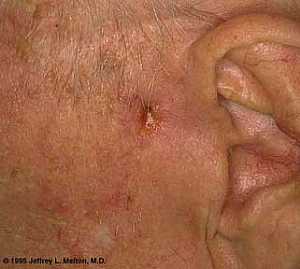 Basal Cell Carcinoma ("Rodent Ulcer" Type)
Basal Cell Carcinoma ("Rodent Ulcer" Type)
 Basal Cell Carcinoma (Histology-Morpheaform Type)
Basal Cell Carcinoma (Histology-Morpheaform Type)
 Basal Cell Carcinoma (Histology-Nodular Type - High power)
Basal Cell Carcinoma (Histology-Nodular Type - High power)
 Basal Cell Carcinoma (Histology-Nodular Type- High power)
Basal Cell Carcinoma (Histology-Nodular Type- High power)
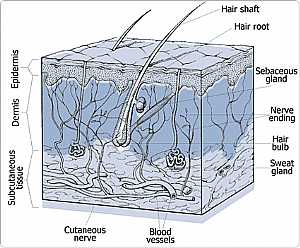 Skin
Skin
 Nervous System -- Basic
Nervous System -- Basic
 Brain anatomy
Brain anatomy
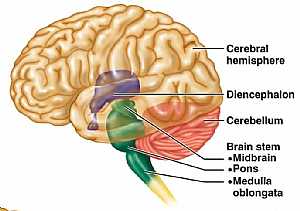 Brain anatomy
Brain anatomy
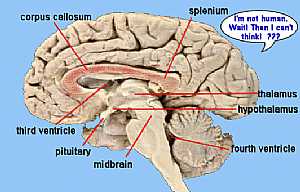 Brain anatomy
Brain anatomy
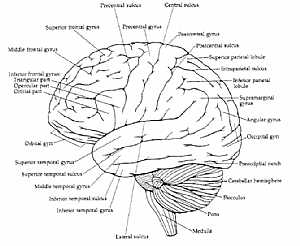 Brain anatomy
Brain anatomy
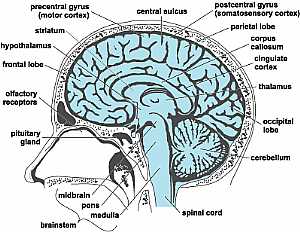 Head anatomy
Head anatomy
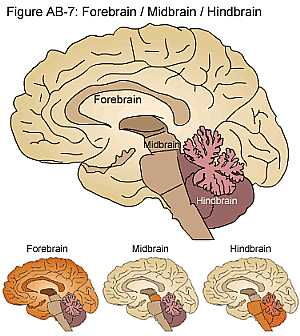 Brain anatomy
Brain anatomy
© Copyright 2001-2022 eDoctorOnline.com

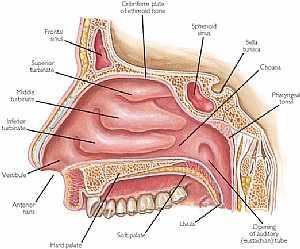 Nose anatomy
Nose anatomy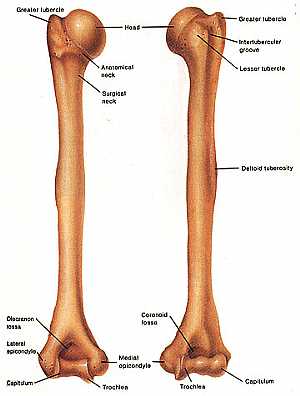 Humerus bone
Humerus bone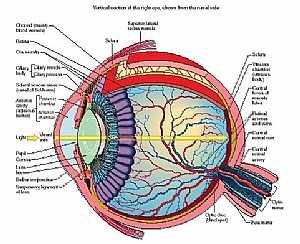 Eye anatomy
Eye anatomy Coronary arteries anatomy
Coronary arteries anatomy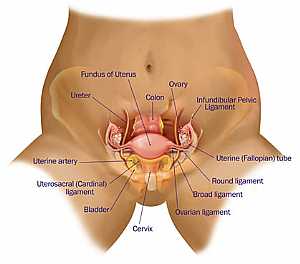 Female pelvic anatomy
Female pelvic anatomy Heart and lung anatomy
Heart and lung anatomy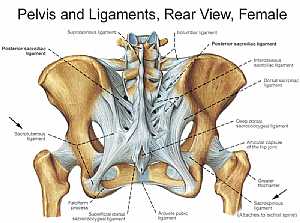 Bones and ligaments of the FEMALE Pelvis
Bones and ligaments of the FEMALE Pelvis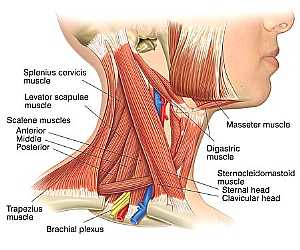 Neck Anatomy
Neck Anatomy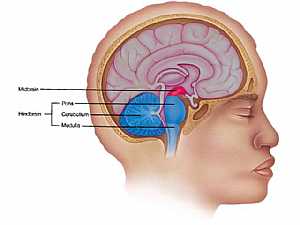 MidBrain anatomy
MidBrain anatomy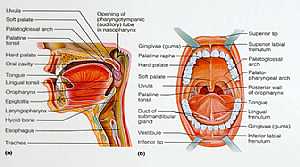 Oral Cavity
Oral Cavity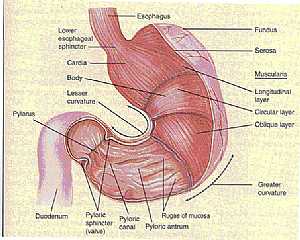 Stomach anatomy
Stomach anatomy Lung anatomy
Lung anatomy Basal Cell Carcinoma ("Rodent Ulcer" Type)
Basal Cell Carcinoma ("Rodent Ulcer" Type) Basal Cell Carcinoma (Histology-Morpheaform Type)
Basal Cell Carcinoma (Histology-Morpheaform Type) Basal Cell Carcinoma (Histology-Nodular Type - High power)
Basal Cell Carcinoma (Histology-Nodular Type - High power) Basal Cell Carcinoma (Histology-Nodular Type- High power)
Basal Cell Carcinoma (Histology-Nodular Type- High power) Skin
Skin Nervous System -- Basic
Nervous System -- Basic Brain anatomy
Brain anatomy Brain anatomy
Brain anatomy Brain anatomy
Brain anatomy Brain anatomy
Brain anatomy Head anatomy
Head anatomy Brain anatomy
Brain anatomy
Very useful information & thanks for the tips. :)
motrin ganeric is it good does work for imflammtion ear infection small virus fight of small minor virus
motrin ganeric is it good does work for imflammtion ear infection small virus fight of small minor virus